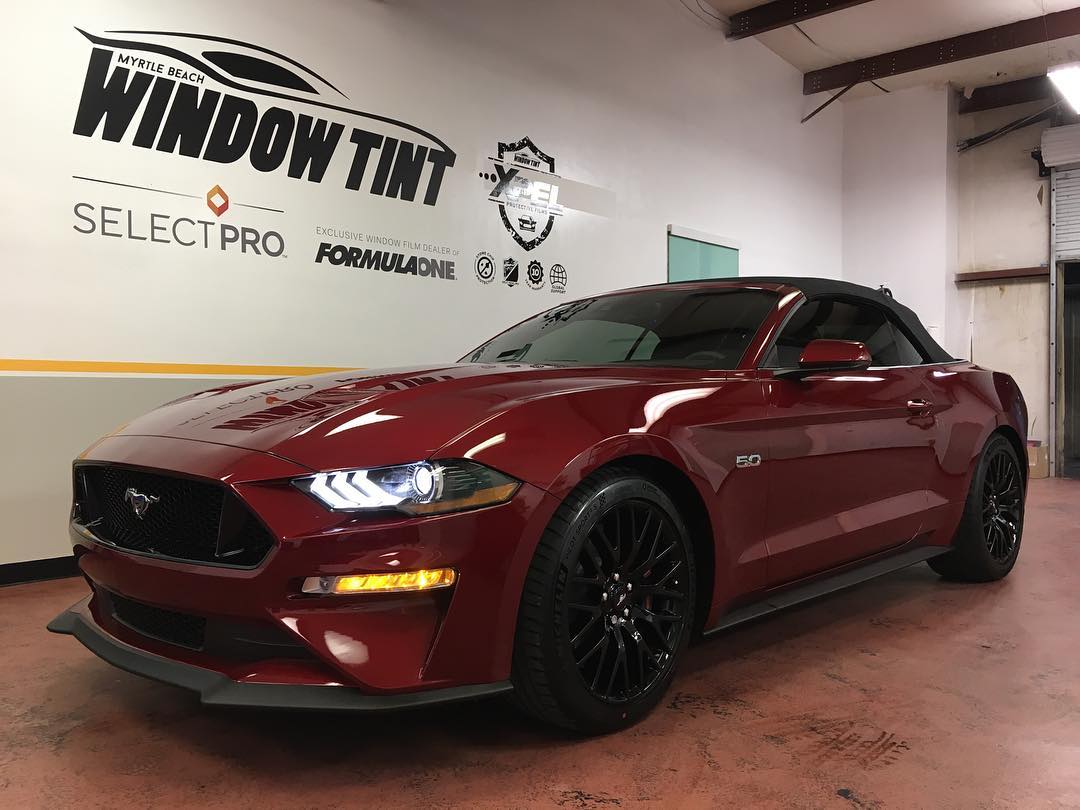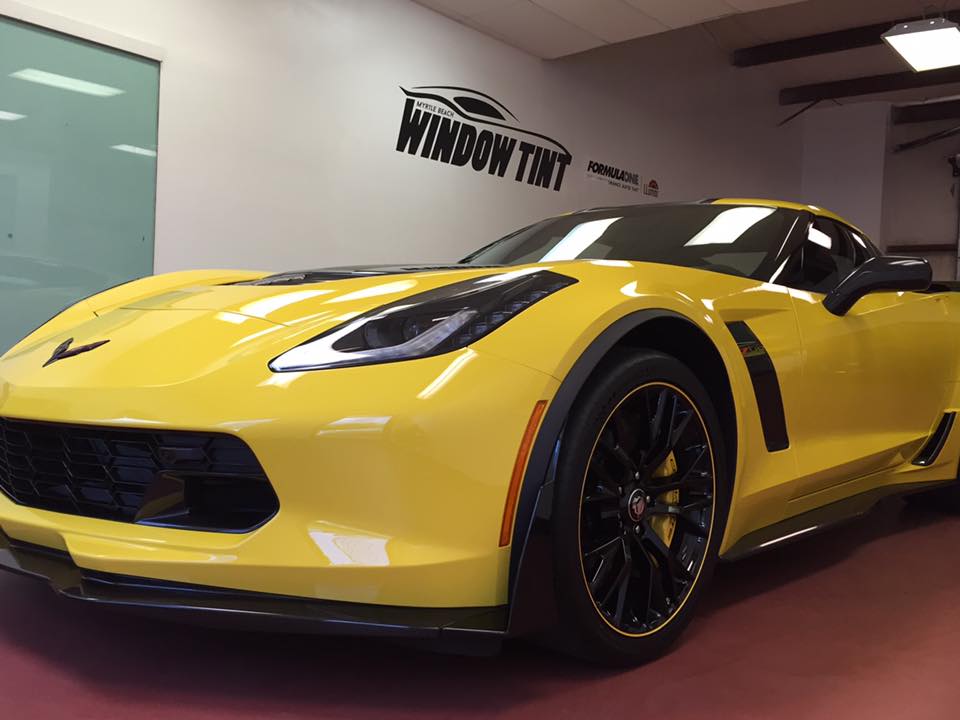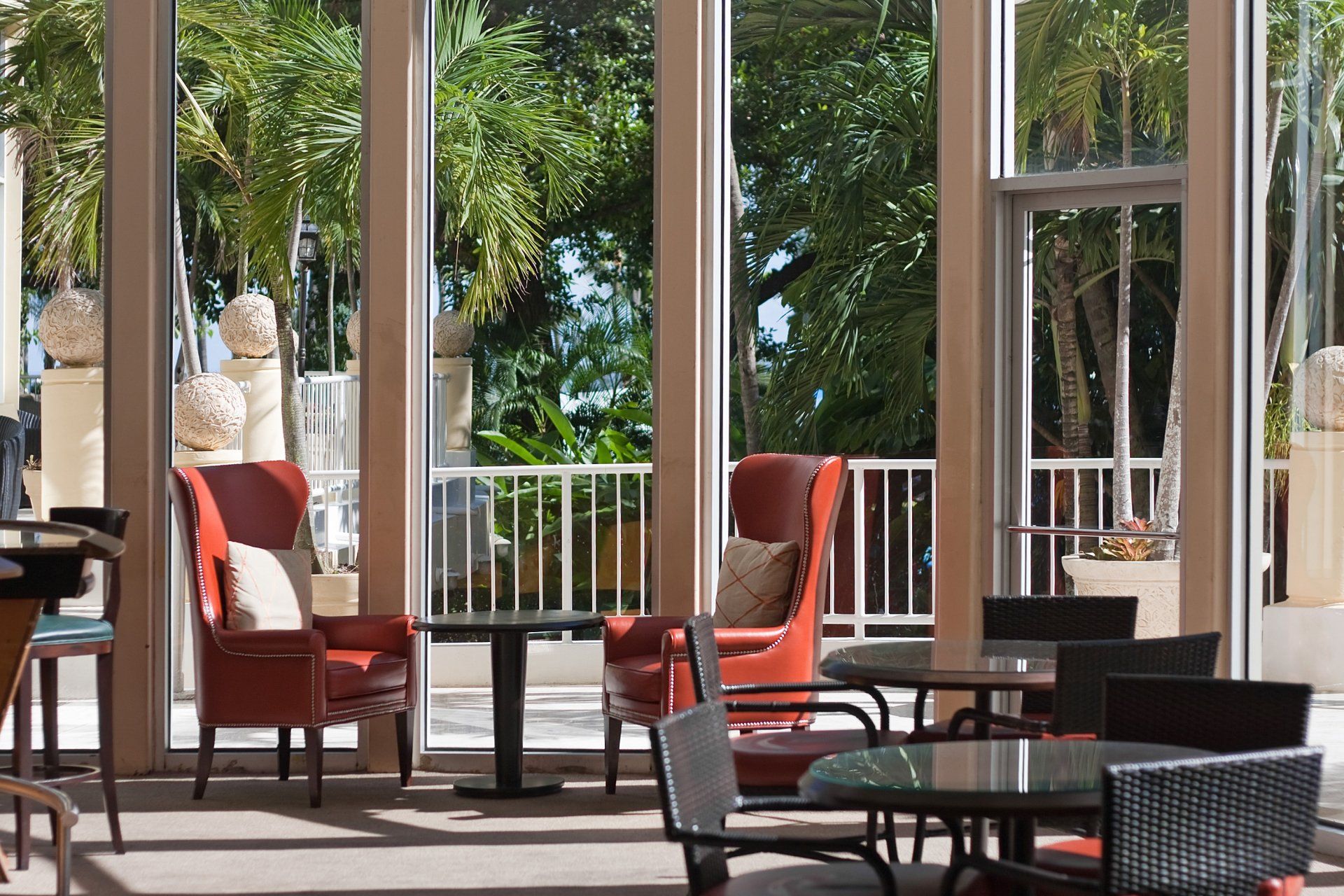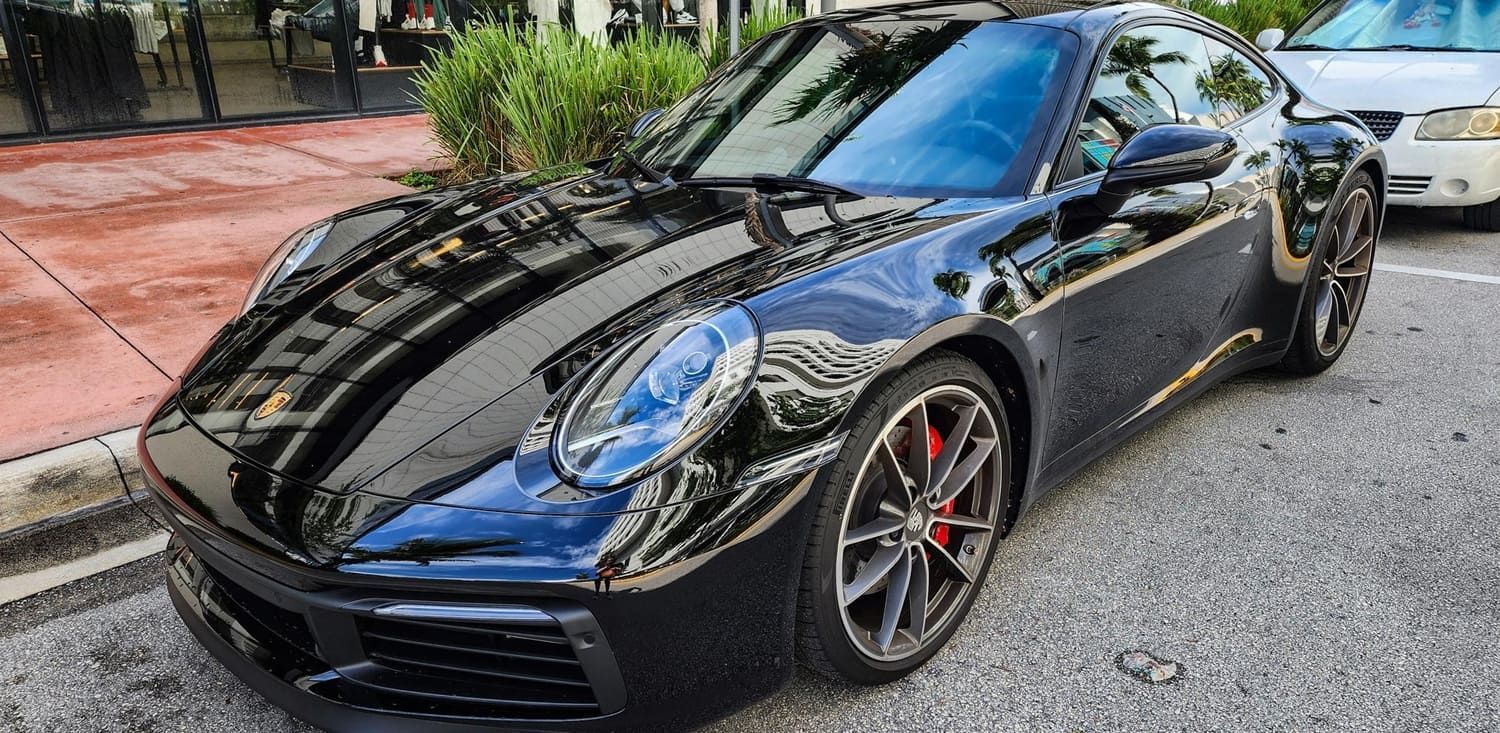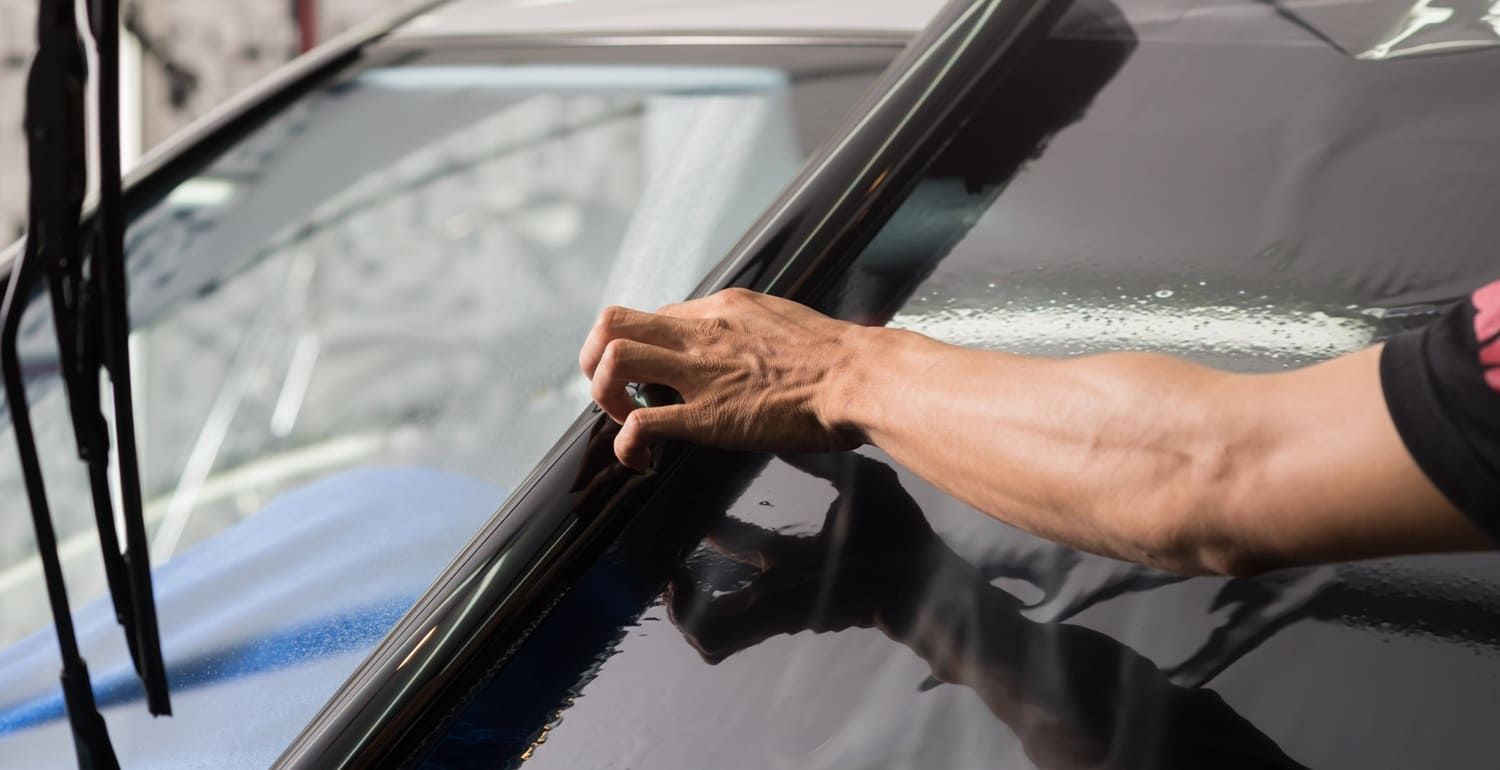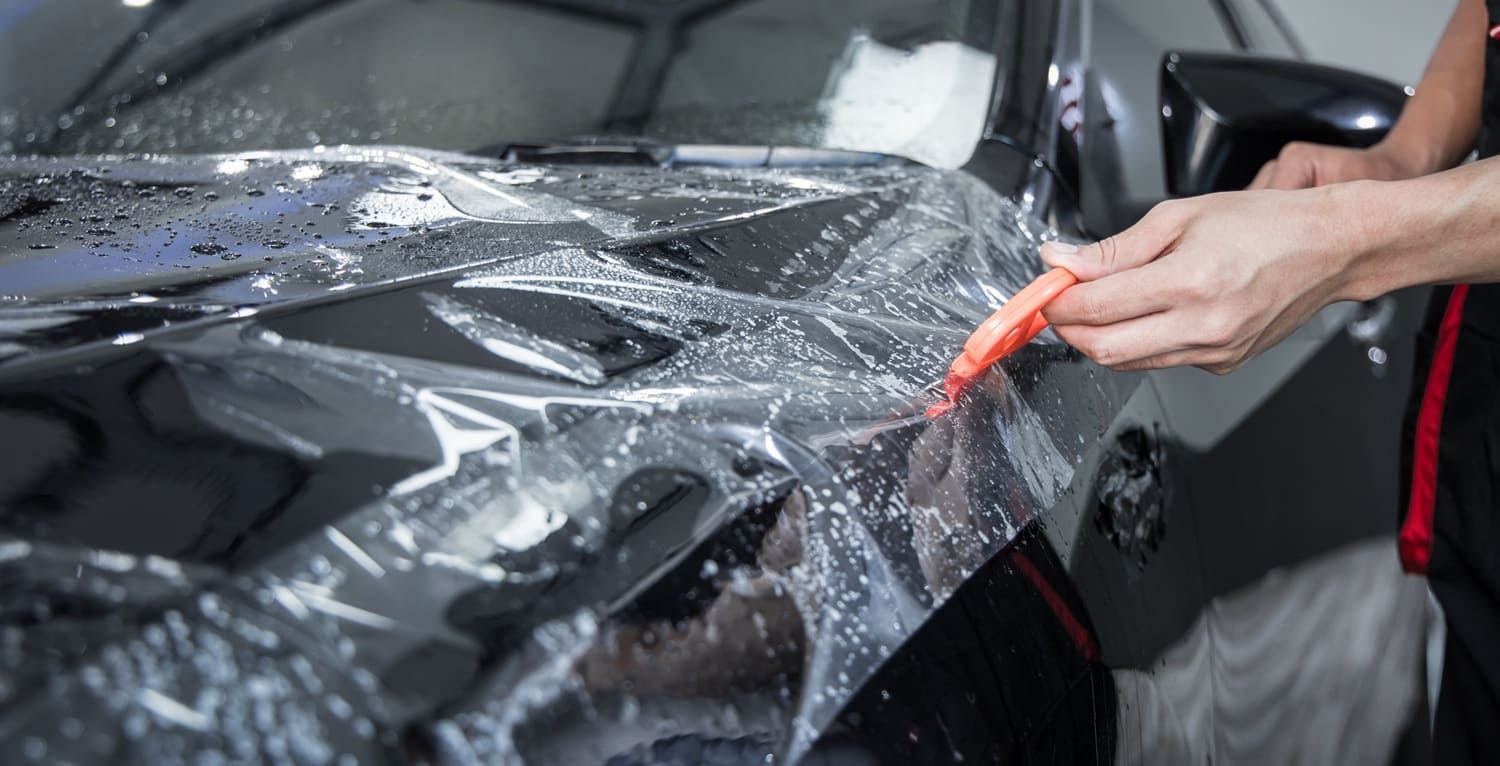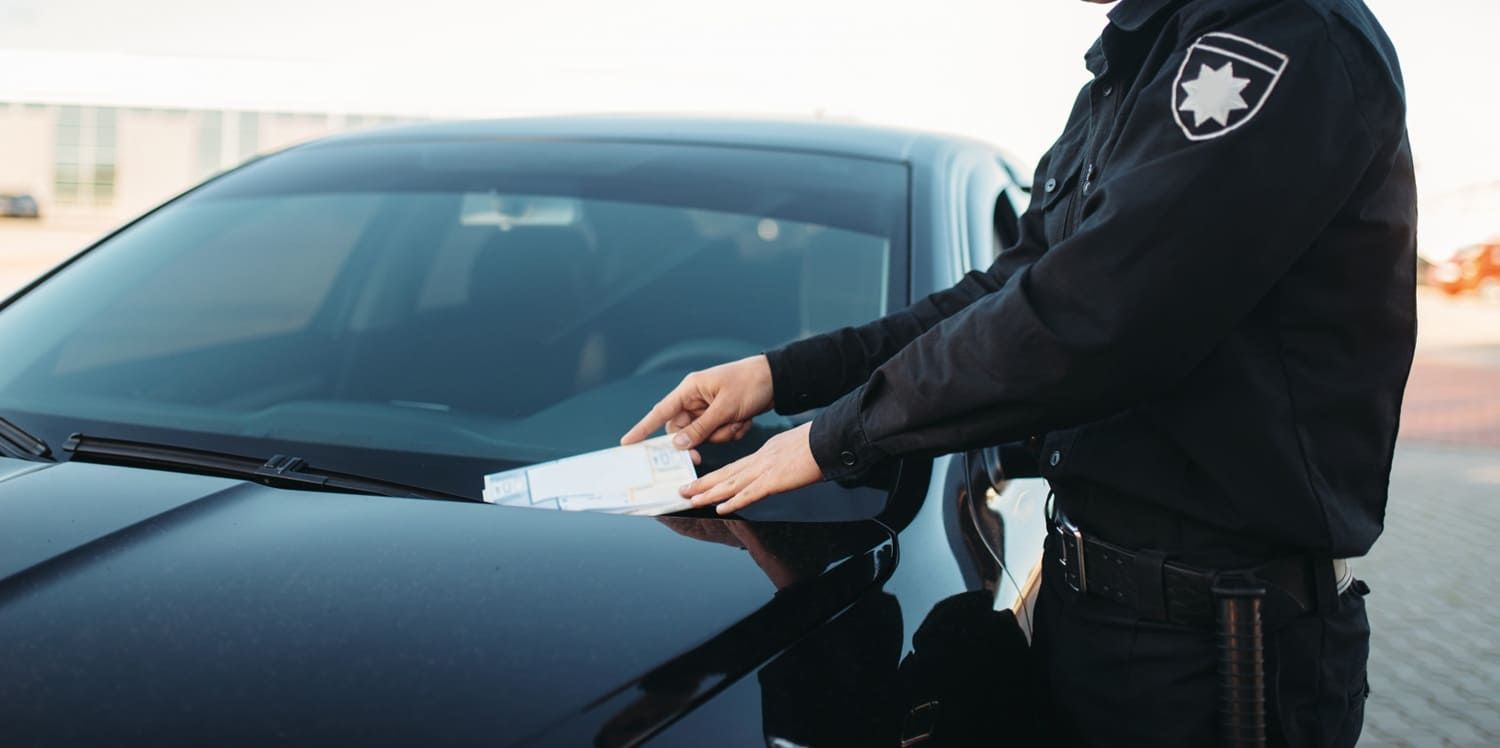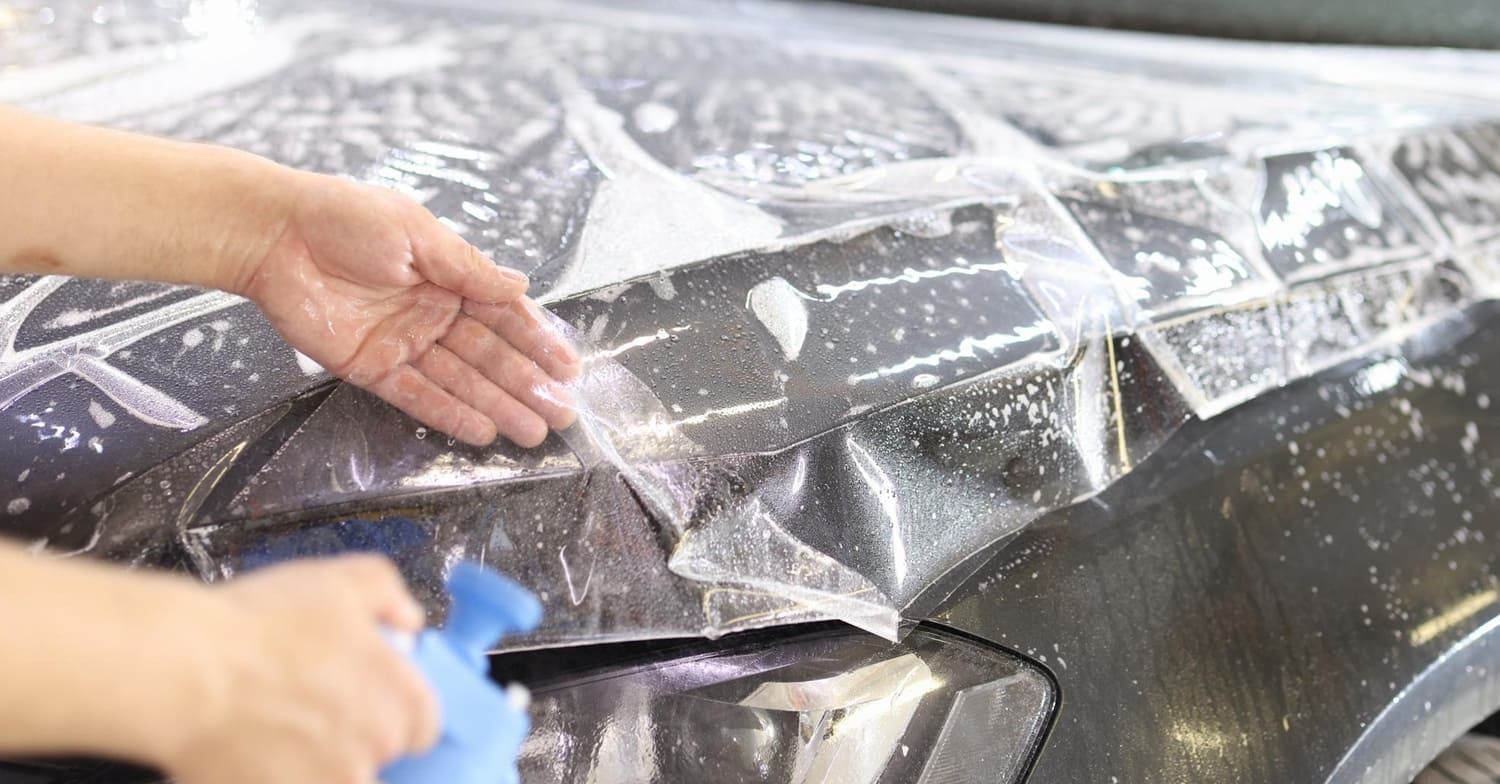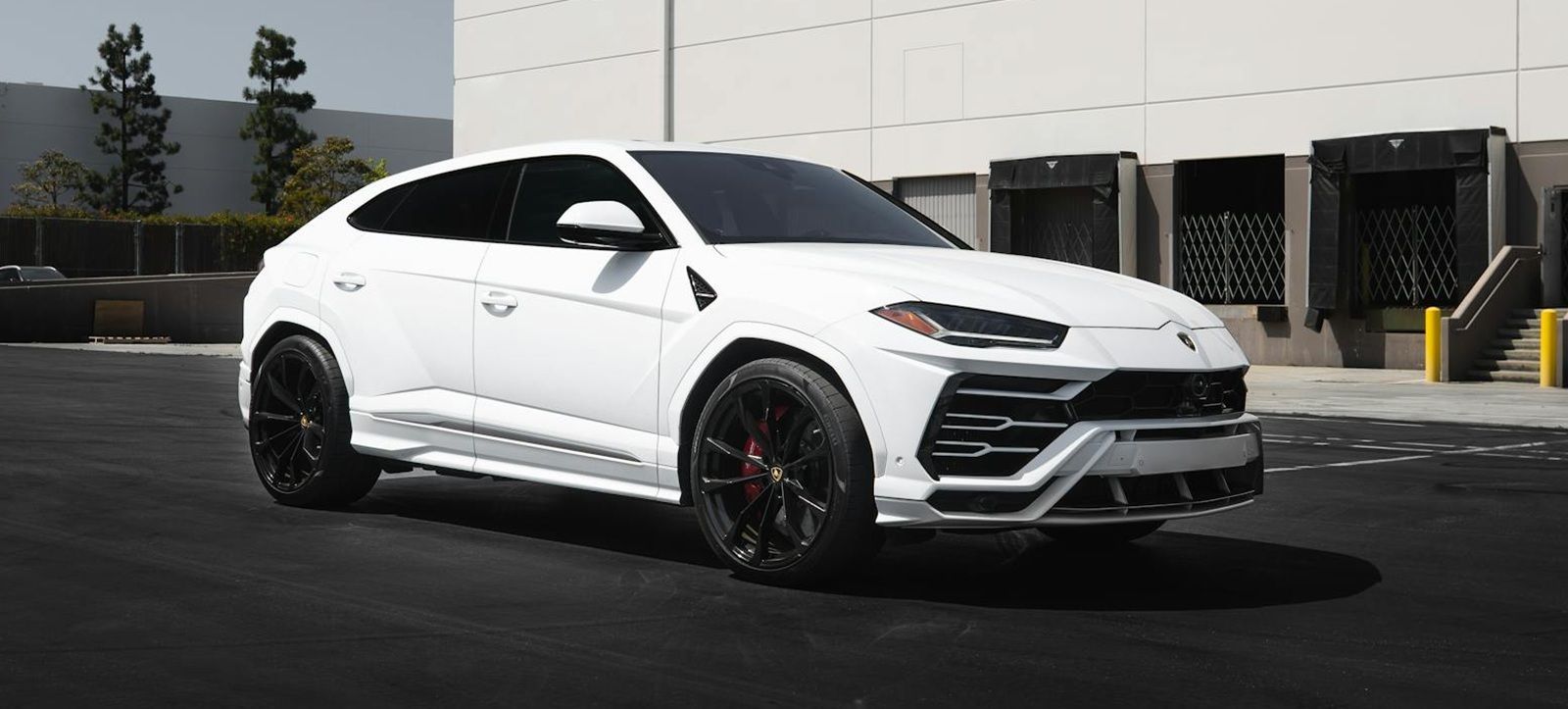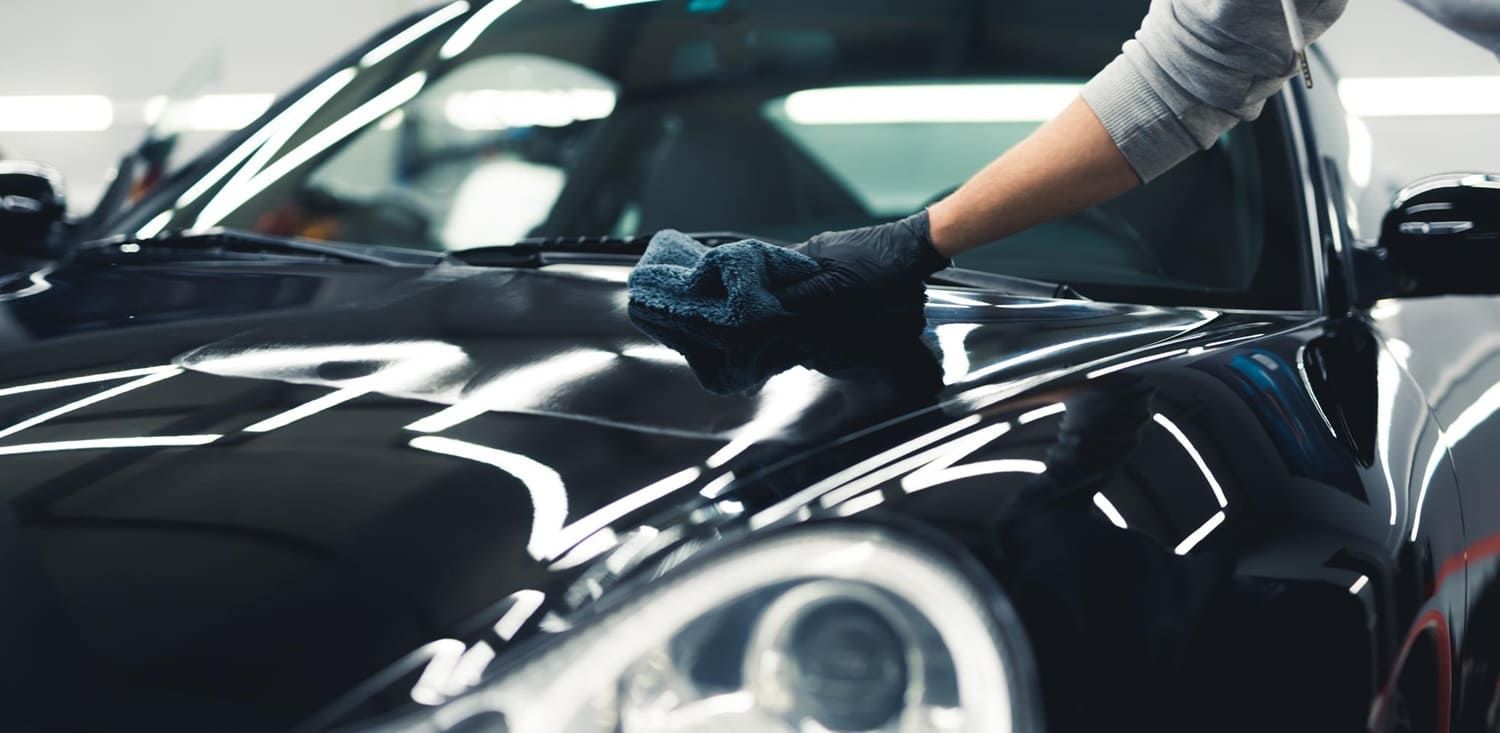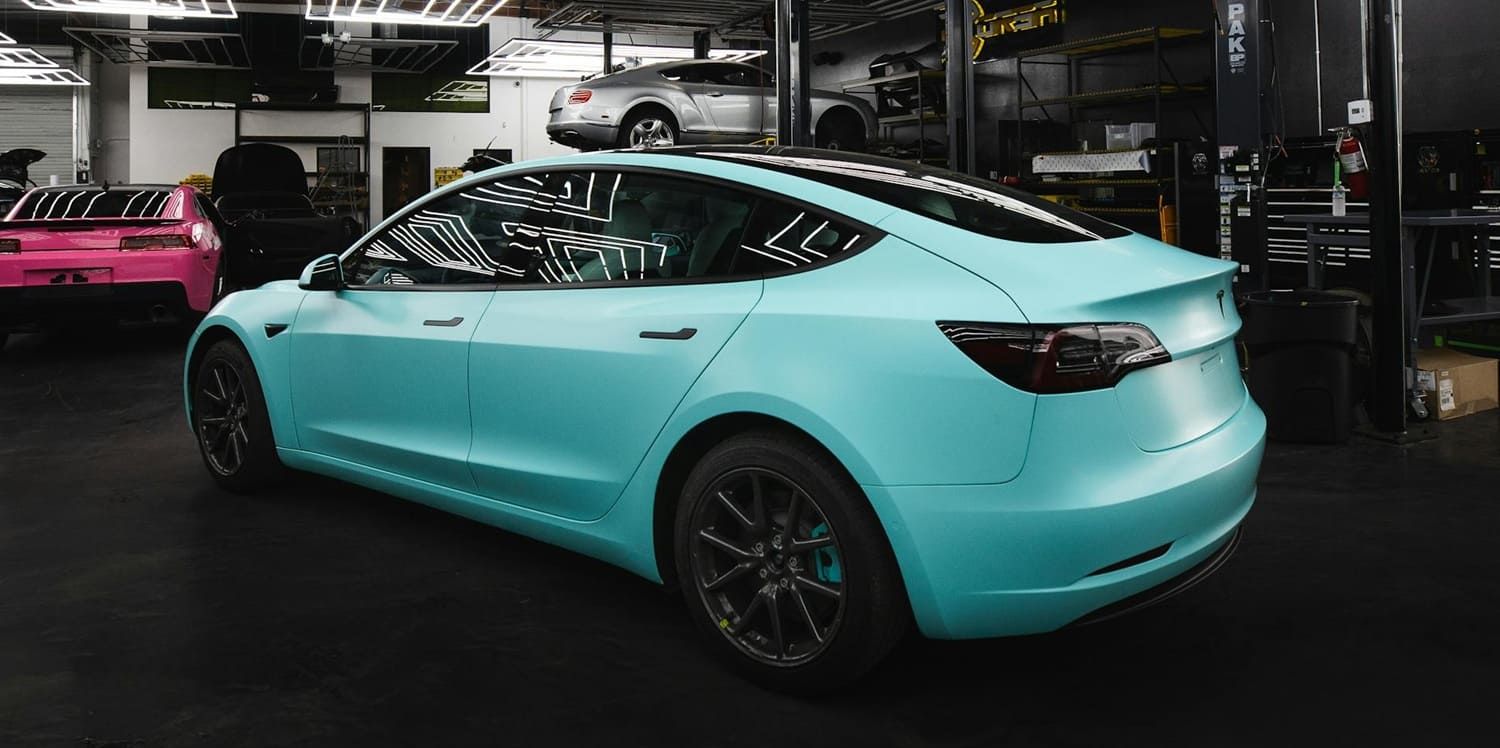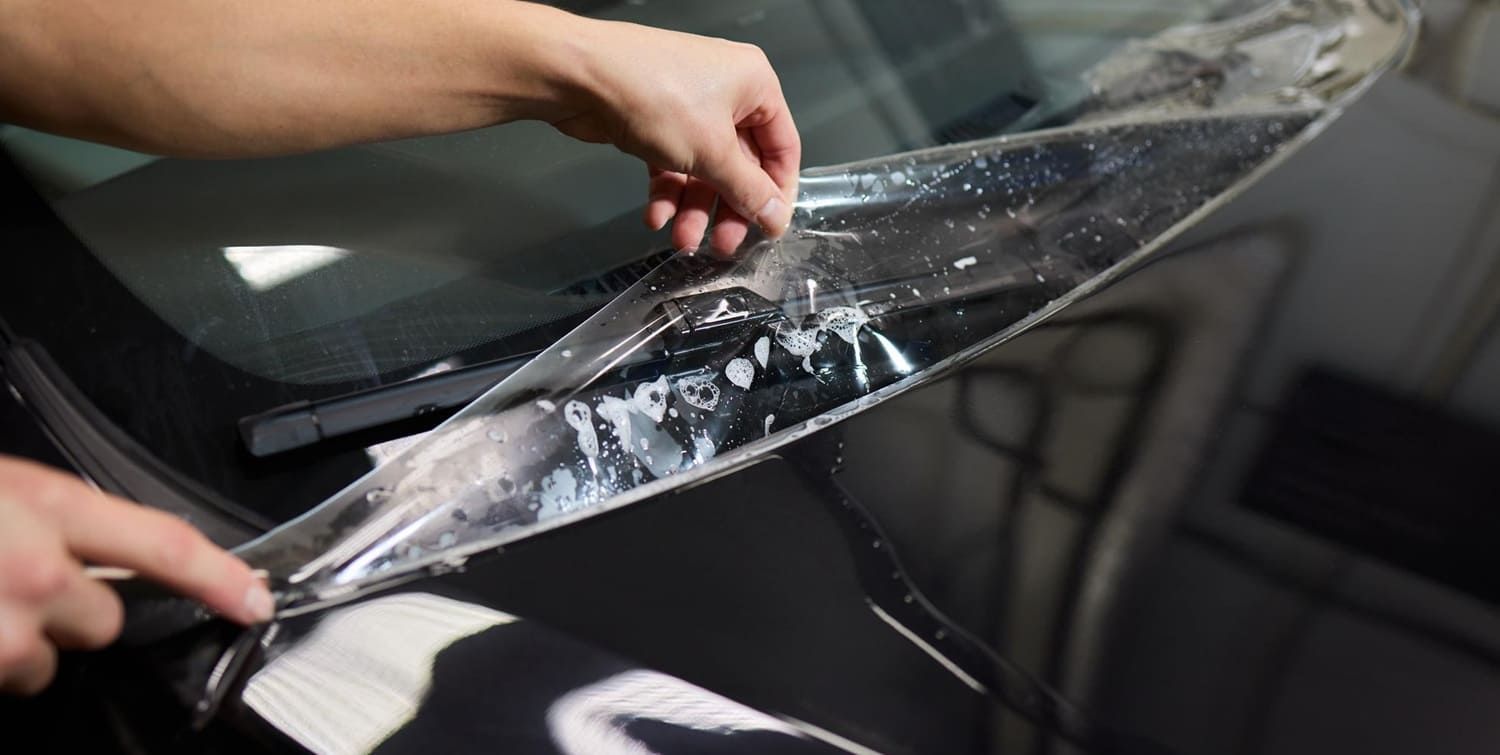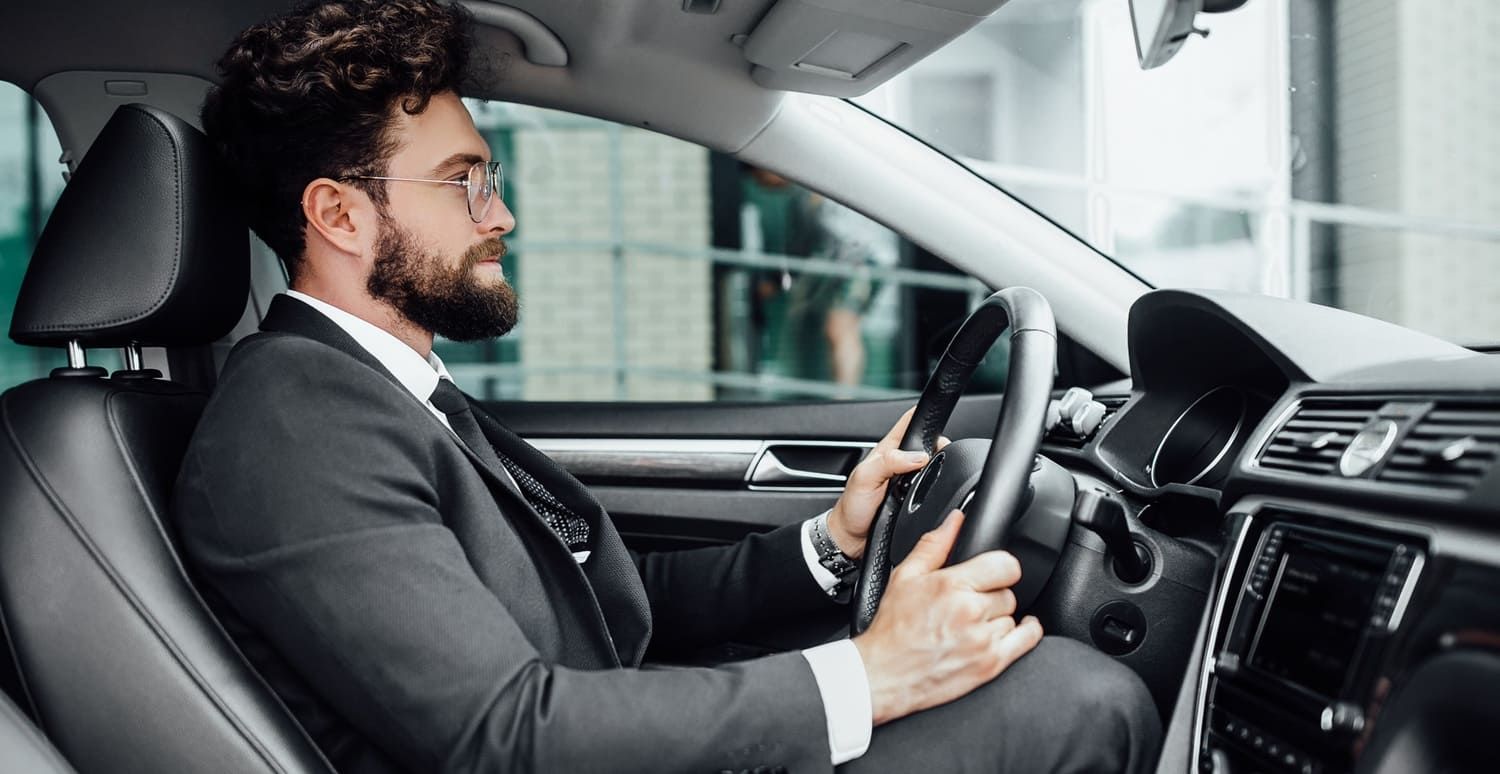Does Tinting Affect Cell Signal or GPS?
When considering window tinting for your car or home, you might wonder: Does tinting affect cell signal or GPS? It's a valid concern, especially in our increasingly connected world where reliable communication is crucial for both personal and professional reasons. In this article, we'll explore how window films might influence your cell signal and GPS capabilities and what you can do to mitigate any potential issues. By understanding the relationship between tinting and signal transmission, you can make more informed decisions that balance aesthetics, functionality, and connectivity.
Window films, commonly known as tints, are thin layers of material applied to glass surfaces. They serve various purposes, such as reducing glare, blocking harmful UV rays, and providing privacy. Beyond their functional benefits, window films can also enhance the aesthetic appeal of vehicles and buildings by offering a sleek, modern look. Tints can be made from different materials, including dyed film, metalized film, carbon film, and ceramic film. Each type offers different benefits and potential drawbacks, influencing factors like heat reduction, visibility, and signal interference.
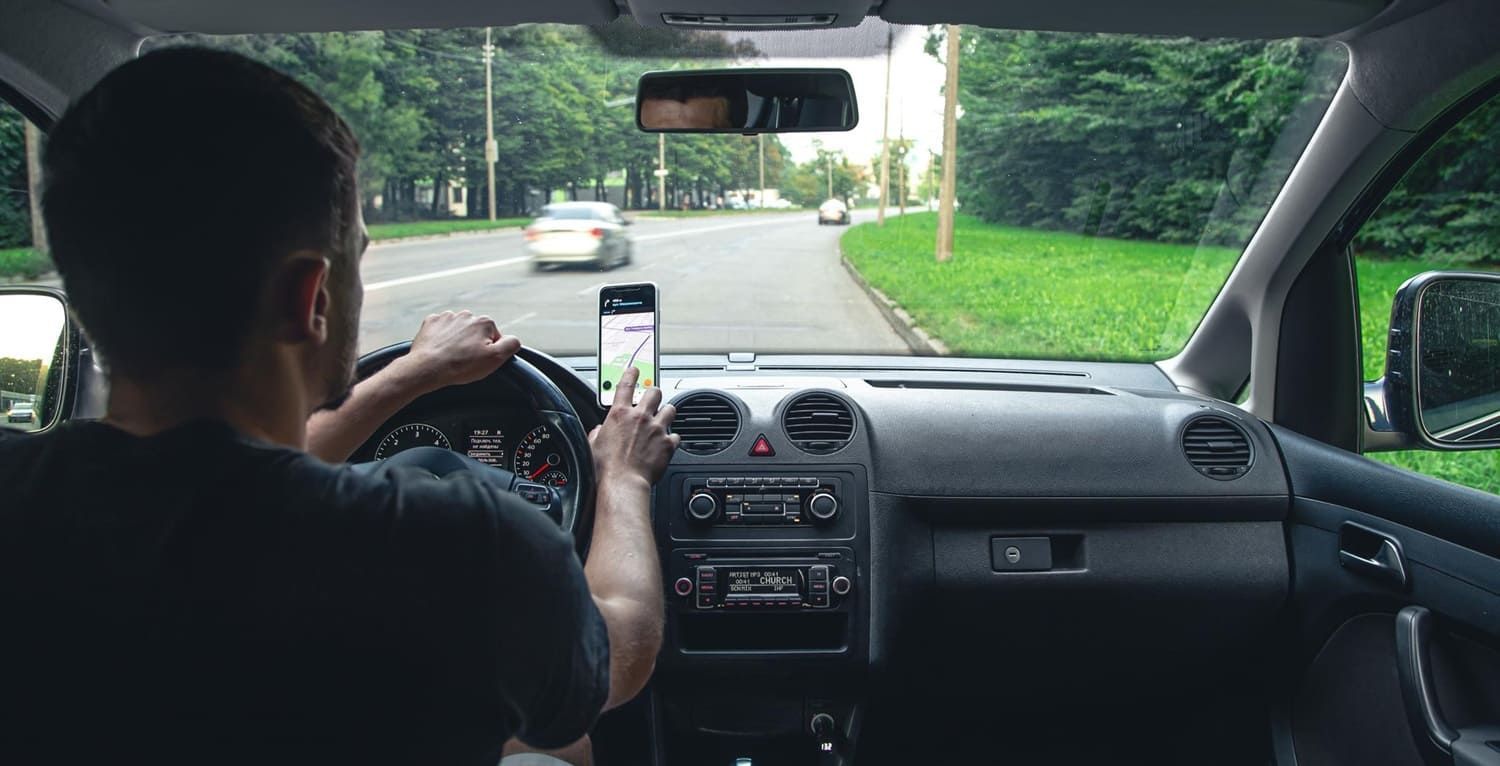
Types of Window Films
- Dyed Film: This is the most affordable type of tint. It primarily serves to reduce glare and heat by absorbing solar energy. However, it doesn't block UV rays as effectively as other types, which might lead to quicker fading of interior materials. Dyed films also have a tendency to discolor over time, which can affect the overall appearance and effectiveness of the tint.
- Metalized Film: This type contains metallic particles that reflect heat and block UV rays, making it highly effective for temperature control. It is known for its durability and effectiveness in heat reduction, contributing to a cooler interior environment. However, the reflective nature of metalized films can sometimes create a mirror-like appearance, which might not be desirable for everyone.
- Carbon Film: Carbon films provide better UV protection than dyed films and don't have the reflective appearance of metalized films. They are also more durable and resistant to fading, offering a long-lasting solution for those seeking a balance between cost and performance. The non-reflective finish also makes them a popular choice for those who prioritize aesthetics.
- Ceramic Film: This is the top-tier option, offering excellent heat reduction and UV protection without interfering with visibility or electronics. Ceramic films are renowned for their ability to block a significant amount of infrared heat while maintaining clear visibility. Despite being the most expensive option, their durability and performance make them a worthwhile investment for many.
How Tinting Can Affect Cell Signal
One of the primary concerns with window tinting is its potential to interfere with cell signal. This interference largely depends on the type of tint used. As our reliance on mobile devices for communication and navigation increases, ensuring that window films do not hinder signal quality is essential. Understanding how different materials interact with radio frequencies can help you choose the right tint for your needs.
The Role of Metalized Films
Metalized films are notorious for causing signal interference. The metallic particles within these films can disrupt the signals your phone relies on to connect with cell towers. This can lead to dropped calls, slower internet speeds, and general connectivity issues, which can be particularly frustrating during important calls or when using data-intensive applications. If you rely heavily on your phone for work or navigation, metalized tints might not be the best choice. It's crucial to weigh the benefits of heat reduction against the potential connectivity problems when considering metalized options.
Other Tint Types and Signal Interference
Thankfully, not all tints interfere with cell signals. Dyed, carbon, and ceramic films are much less likely to cause issues. Carbon and ceramic films, in particular, are designed to minimize interference while still providing the benefits of heat reduction and UV protection. These non-metallic tints allow radio waves to pass through with minimal disruption, ensuring that your devices remain connected even in areas with weaker signals. By opting for these alternatives, you can enjoy the benefits of tinted windows without compromising your ability to stay connected.
GPS and Window Tinting
GPS, like cell signals, can also be affected by window tints, especially those containing metallic elements. GPS signals are generally weaker than cell signals, making them more susceptible to interference. With the increasing reliance on GPS for navigation and location-based services, ensuring that window films do not impede these signals is vital. Understanding how different tints affect GPS performance can help you maintain accuracy and reliability.
Impact of Metalized Films on GPS
Since GPS relies on signals from satellites, any obstruction can lead to delays or inaccuracies in positioning. Metalized films, with their reflective properties, can interfere with these signals, potentially causing navigational errors. This can be particularly problematic in urban environments where satellite signals are already weakened by buildings and other structures. If precise navigation is important for your daily commute or travel, metalized tints may not be the best option.
Non-Metalized Tints and GPS
If you frequently use GPS for navigation, consider non-metalized options like carbon or ceramic films. These types of tints are less likely to interfere with satellite signals, ensuring your GPS remains accurate and reliable. By allowing signals to pass through with minimal disruption, these tints help maintain the functionality of your navigation systems. Choosing non-metalized tints not only preserves your ability to navigate efficiently but also enhances safety by reducing the risk of getting lost or delayed.
Mitigating Signal Interference
If you've already applied a metalized tint and are experiencing signal issues, don't worry—there are solutions. Addressing signal interference is possible through several strategies, allowing you to enjoy the benefits of your tint while maintaining connectivity. By taking proactive steps, you can mitigate the impact of metalized films on your cell signal and GPS performance.
Consider Signal Boosters
Signal boosters can help amplify weak cell signals, improving connectivity even with a metalized tint. These devices work by capturing the external signal and amplifying it inside your vehicle or home. Installing a signal booster can enhance call quality and data speeds, providing a practical solution for those experiencing connectivity issues. However, it's important to ensure the booster is compatible with your carrier and device to achieve optimal results.
Replace Metalized Tints
If signal interference remains a significant problem, consider replacing your metalized tint with a non-metalized option. While this involves an upfront cost, it can save you from ongoing connectivity issues. Transitioning to carbon or ceramic films can offer a long-term solution that balances heat reduction, privacy, and connectivity. Consulting with a professional installer can provide insights into the best options for your specific needs and preferences.
Strategic Tinting
For vehicles, consider applying non-metalized tints to windows that directly affect signal reception, such as the rear windshield. This can help maintain connectivity without sacrificing the benefits of tinting. By strategically choosing where to apply different types of tints, you can optimize both performance and aesthetics. This approach allows you to enjoy the privacy and comfort of tinted windows while ensuring your devices remain fully functional.
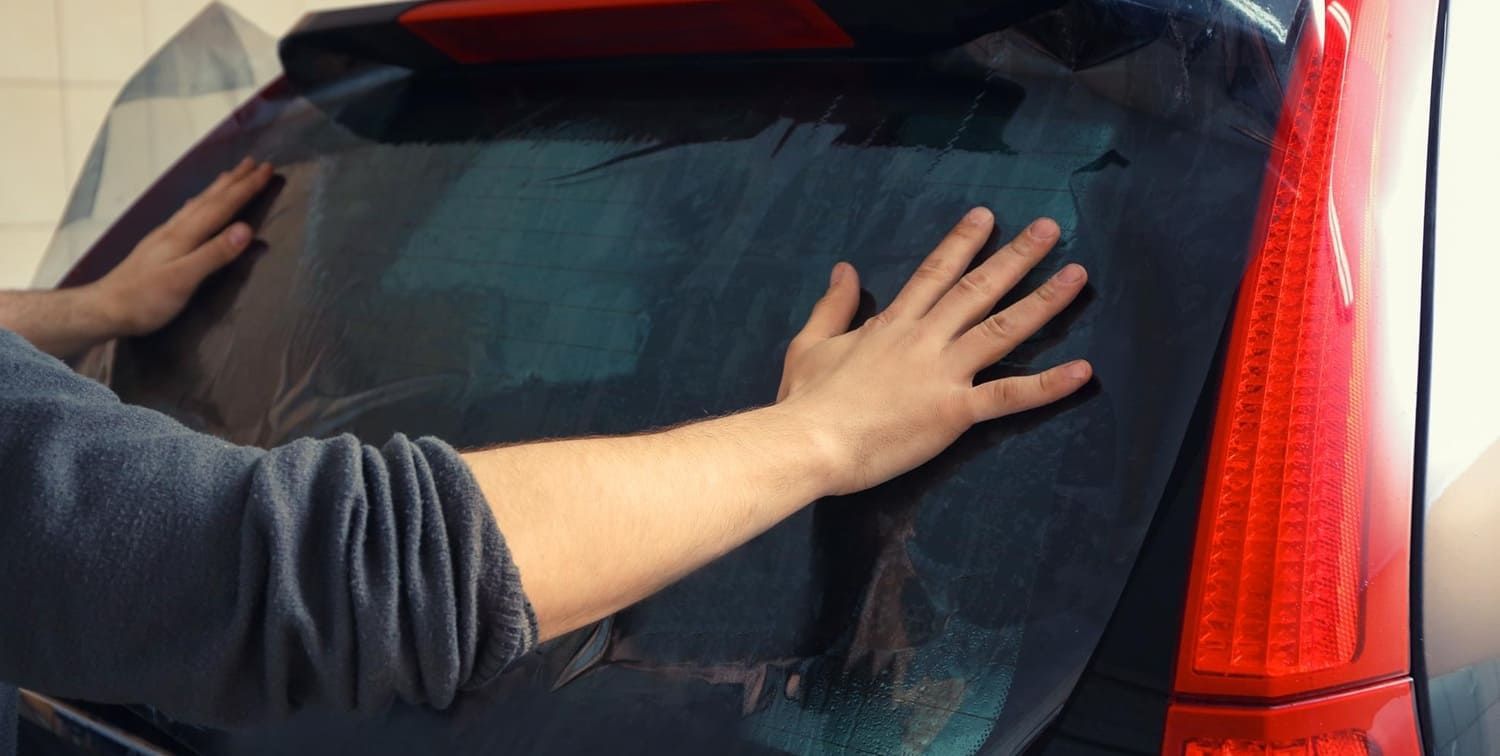
Choosing the Right Tint
Selecting the right window tint involves balancing your needs for privacy, heat reduction, and connectivity. Here's a quick guide to help you choose:
- Privacy: If privacy is your primary concern, carbon and ceramic films offer excellent visibility blocking without the reflective appearance of metalized films. These films provide a discreet solution for those seeking to keep prying eyes away while maintaining a stylish look. Additionally, they do not compromise on signal quality, making them a versatile choice.
- Heat Reduction: For superior heat reduction, ceramic films lead the pack, followed by carbon and metalized films. Dyed films provide the least heat reduction. Choosing the right film for heat management can significantly enhance comfort by reducing interior temperatures and minimizing reliance on air conditioning. Evaluating your climate and usage patterns can guide your decision in selecting the most effective option.
- Connectivity: To avoid signal interference, opt for carbon or ceramic films. These options provide the benefits of tinting without compromising your cell signal or GPS. Ensuring reliable connectivity is especially important for those who frequently rely on mobile devices for navigation, communication, and entertainment. By prioritizing non-metalized films, you can maintain a seamless connection wherever you go.
Conclusion
At Myrtle Beach Window Tint, the best window tinting installers near you serving Myrtle Beach, SC, we help you choose the perfect window film that meets your needs without sacrificing performance.
In conclusion, window tinting can affect cell signal and GPS, particularly when using metalized films. However, by choosing the right type of tint and employing strategies like signal boosters, you can enjoy the benefits of window films without sacrificing connectivity. It’s essential to consider the specific needs of your environment and usage to make an informed decision.
Remember, not all tints are created equal. By understanding the differences between them, you can make an informed decision that keeps you connected while providing the privacy and protection you desire. Whether you're tinting your car or home windows, consider how different tint types align with your lifestyle.
Get a free estimate from Myrtle Beach Window Tint today and let our experts help you find the ideal solution that offers both style and seamless connectivity.
FAQs About How Window Tinting Affects Cell, GPS, and Radio Signals
Can window tinting interfere with cell phone signal?
Only certain types. Metallic or dyed-metal window tints can partially block cellular, GPS, and radio signals. Modern ceramic and carbon films are signal-safe.
Does ceramic window tint affect GPS reception?
No. Ceramic tint is non-metallic, so it does not interfere with GPS or satellite signals. It’s a preferred choice for modern vehicles with built-in navigation.
Why do metallic tints cause signal problems?
Metallic tints contain microscopic metal particles that reflect heat and UV rays, but they can also reflect or block radio frequencies, disrupting Bluetooth, GPS, and phone signals.
Are all window films safe for signal transmission?
No. Non-metallic films like ceramic or carbon-based tints are considered safe and signal-friendly, while metallic films are more likely to cause issues.
Do carbon tints affect phone or Wi-Fi signal?
No. Carbon tints are signal-safe and won’t interfere with Wi-Fi, Bluetooth, or cellular connections, making them a solid choice for tech-heavy vehicles.
How can I tell if my tint will interfere with signals?
Check the film type before installation. Ask for ceramic or carbon-based films and confirm it’s non-metallic with your installer.
Can tinting affect remote start or keyless entry?
Only if a metallic film is used. Some drivers experience weaker remote signals with metallic tints, especially if all windows are fully wrapped.
Is there a performance trade-off with ceramic tint?
No. In fact, ceramic tint offers superior heat rejection, UV protection, and visibility—without interfering with signal reception.
Do factory-tinted windows interfere with signal?
No. Factory tint is usually a pigment within the glass, not a film, and it does not block signals.
Will tint affect my FM or satellite radio reception?
Metallic tint can reduce FM or satellite signal strength slightly. Ceramic tint avoids this issue and is safe for modern infotainment systems.
What should EV or hybrid drivers know about tint and signal?
If your vehicle relies heavily on Bluetooth, GPS, Wi-Fi, or cellular connectivity, always choose a non-metallic tint to avoid disruptions.
Can I replace metallic tint with ceramic tint later?
Yes. A professional installer can remove the old film and upgrade your vehicle with signal-safe ceramic tint.
Do all premium tint shops offer signal-safe films?
Most do. Ask specifically for ceramic or carbon films and check if the product is advertised as signal-friendly.
Are signal issues permanent with metallic tint?
They can be. If you're experiencing disruptions, removing or replacing the film with a non-metallic option is the best fix.
Can window tint impact cellular signal differently in urban vs. rural areas?
Yes. In low-signal rural areas, even slight interference from metallic films may become noticeable, while in cities, signal strength often compensates.
Are sunroofs or windshields also tinted with these films?
Yes. Many owners apply ceramic tint to windshields and panoramic sunroofs for heat and UV protection—without affecting connectivity.
Does tint affect emergency services signals (e.g., OnStar)?
If a metallic film is used, it may impact signal clarity. Ceramic tints maintain full functionality with systems like OnStar, SiriusXM, and cellular SOS features.
What’s the best tint for tech-heavy vehicles?
Nano-ceramic tint is the top choice for vehicles with smart tech, sensors, GPS, and cellular devices.
How can I be sure my tint won’t affect my tech?
Stick with reputable brands like 3M Ceramic IR, LLumar FormulaOne, or XPEL Prime XR Plus, which are engineered to be non-conductive and tech-safe.
Should I avoid metallic tint altogether?
If signal strength, smart car tech, or connectivity is important to you, it's best to avoid metallic films and go with ceramic or carbon options instead.

